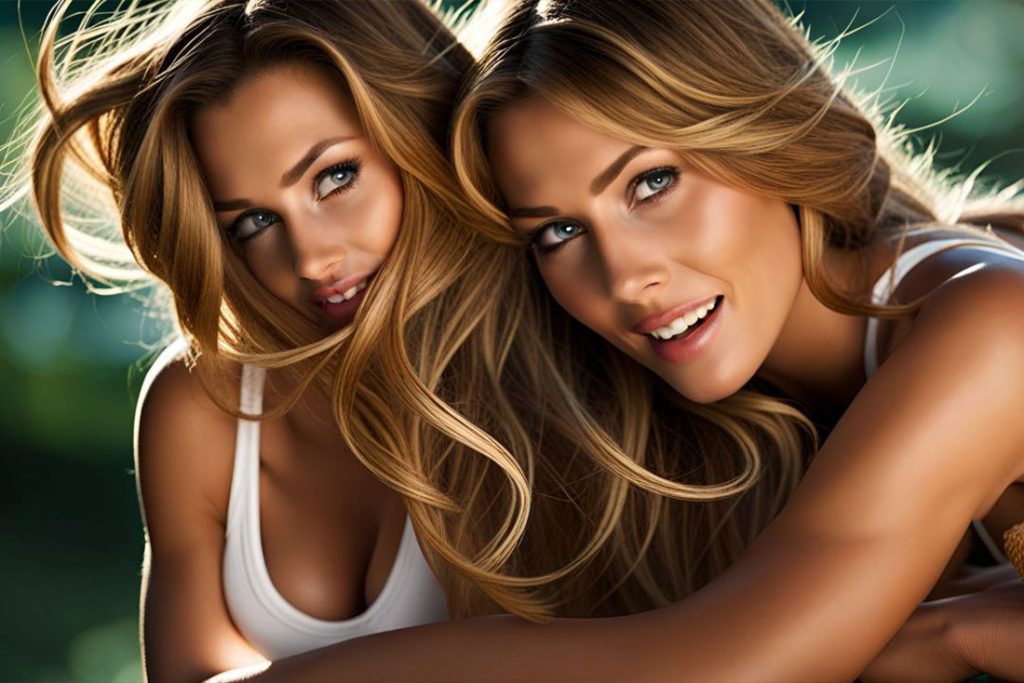Understanding Hair Root Structure: A Comprehensive Guide for Beauticians and Trichologists
For those in the beauty industry, particularly beauticians and trichologists, understanding the intricacies of hair isn’t just a vocational skill—it’s an imperative. With a deep understanding of hair root structure, professionals can make well-informed decisions when it comes to treatment and hair care, tailored to the unique needs of each client. This article aims to provide a detailed analysis of hair root structure and its importance in the work of a beautician.

Hair Root Structure
Trichology: Bridging Beauty and Science
Trichology, derived from the Greek words ‘trichos’ (hair) and ‘ology’ (study), is the scientific study of hair, its diseases, and care. It is an integral part of the integumentary system, which includes the hair, skin, nails, and glands. Hair serves many psychological purposes today, even if its original functions for warmth and protection are largely obsolete. An understanding of trichology allows beauticians to navigate the complex world of hair care and treatment more effectively.
The Two-Part Structure of Hair: Root and Shaft
A strand of human hair comprises two primary parts: the root and the shaft. While the shaft is the visible part of the hair that we see and style, the root remains hidden below the skin’s surface. Here’s a breakdown of these two components:
- The Hair Root: Located beneath the skin’s epidermis, the hair root includes the hair follicle, the hair bulb, and the dermal papilla.
- The Hair Shaft: This is the part of the hair that is visible above the skin. The hair shaft is essentially dead cells, compacted and pushed upwards as new cells form at the root.

Unpacking the Hair Root Structure
Understanding the root structure is crucial for any beautician, as it is here that the hair grows and its health is determined. Let’s delve deeper into the components of the hair root:
- The Hair Follicle: This tube-like structure anchors the hair into the skin. Hair follicles are absent on the palms and the soles of the feet. Their density and pattern vary depending on the body part, determining the thickness and growth rate of the hair.
- The Hair Bulb: At the base of the follicle is the hair bulb, a bulb-shaped cluster of living cells that will eventually form the hair strand. The health of these cells directly impacts the quality of the hair that grows.
- The Dermal Papilla: This cone-shaped structure is situated at the base of the hair bulb and contains the blood vessels that nourish the hair follicles. The nutrients supplied via the dermal papillae are crucial for hair growth and health.
Additional Structures: Arrector Pili and Sebaceous Glands
- Arrector Pili Muscle: This involuntary muscle, when contracted, causes the hair to stand upright, leading to what we commonly refer to as “goosebumps.”
- Sebaceous Glands: These glands are responsible for producing sebum, the natural oil that lubricates the hair and scalp. An imbalance in sebum production can lead to a variety of scalp conditions.
Importance in Beautician Work
- Customized Treatments: Understanding hair root structure allows beauticians to tailor treatments based on individual hair growth patterns and scalp conditions.
- Problem Identification: Knowing the anatomy helps in identifying root-level problems that could be affecting the hair’s appearance or health.
- Effective Communication: A detailed understanding enables beauticians to explain hair issues to clients in a more informed manner, establishing credibility and trust.
- Treatment Enhancement: Procedures like hair follicle rejuvenation, scalp massage, and targeted nutrient delivery can be better administered with a sound understanding of hair root structure.
Conclusion
Hair is not merely a superficial aspect of human appearance; it’s a complex structure with deep-rooted biological functions and needs. For beauticians, an in-depth understanding of hair root structure provides a strong foundation for everything from basic hair care to advanced therapeutic treatments. By intertwining the principles of trichology into their practice, beauticians can elevate their service quality, ensuring not just happier clients but healthier hair.






